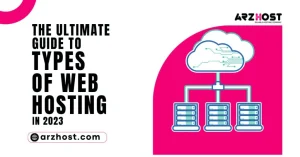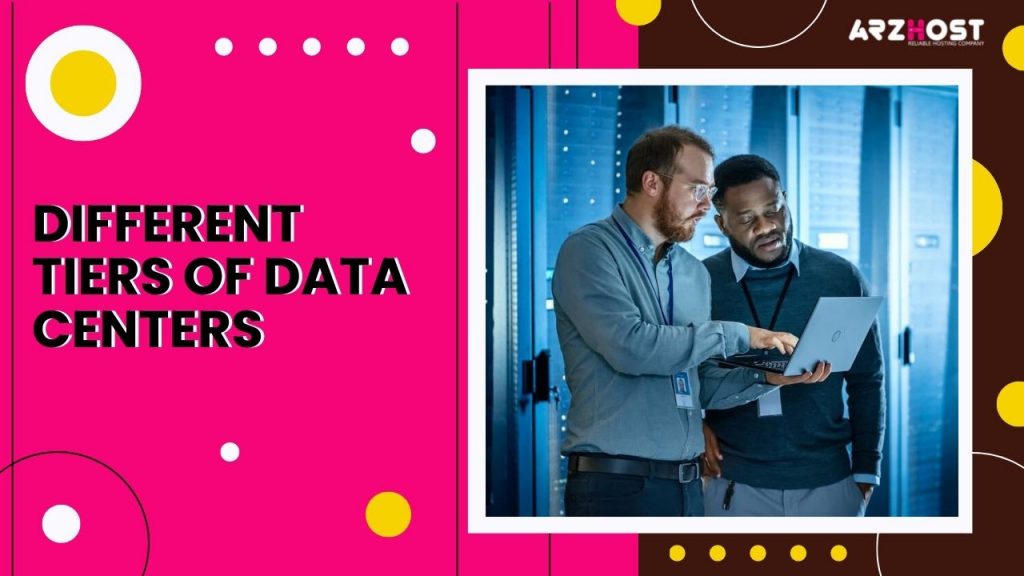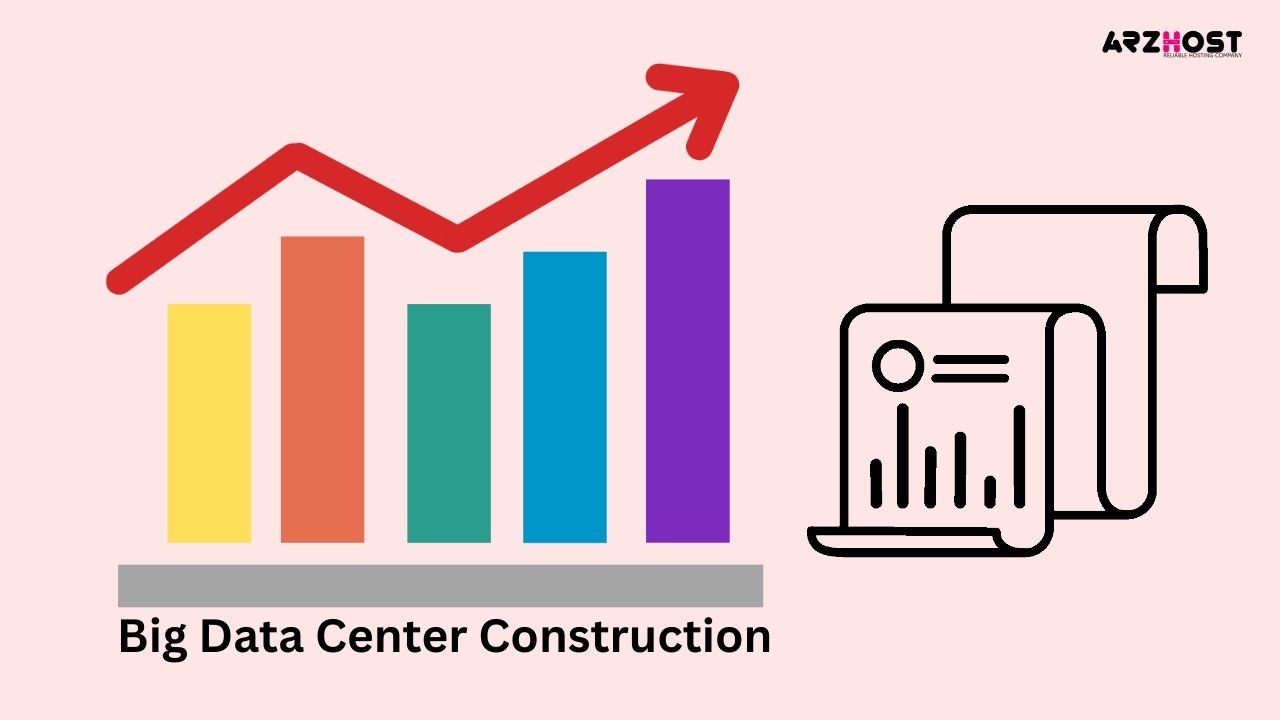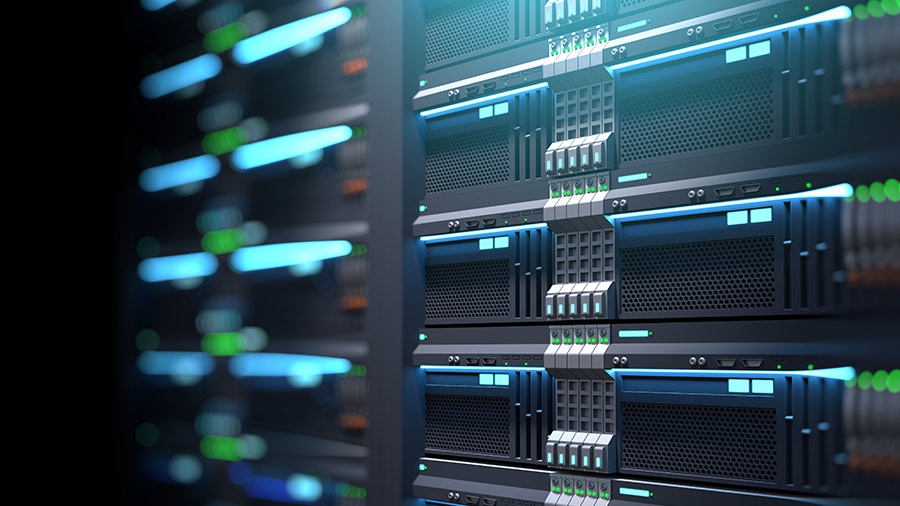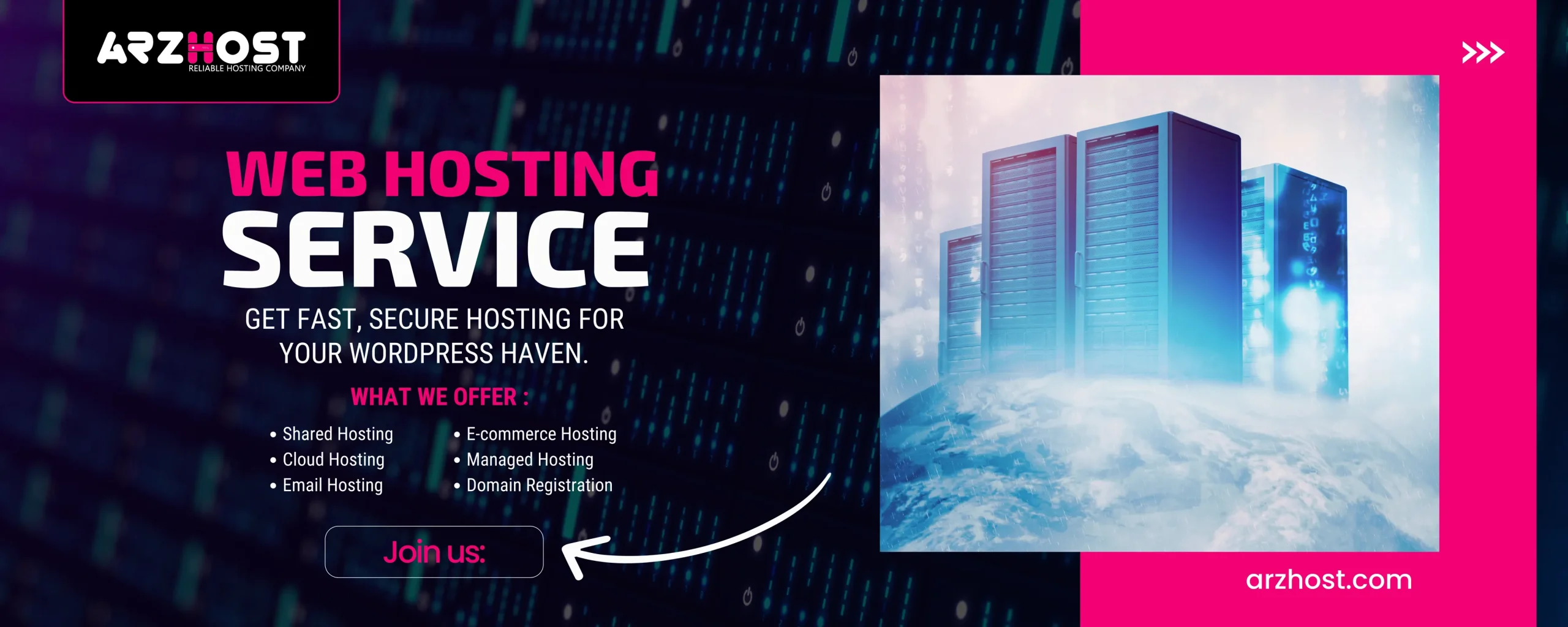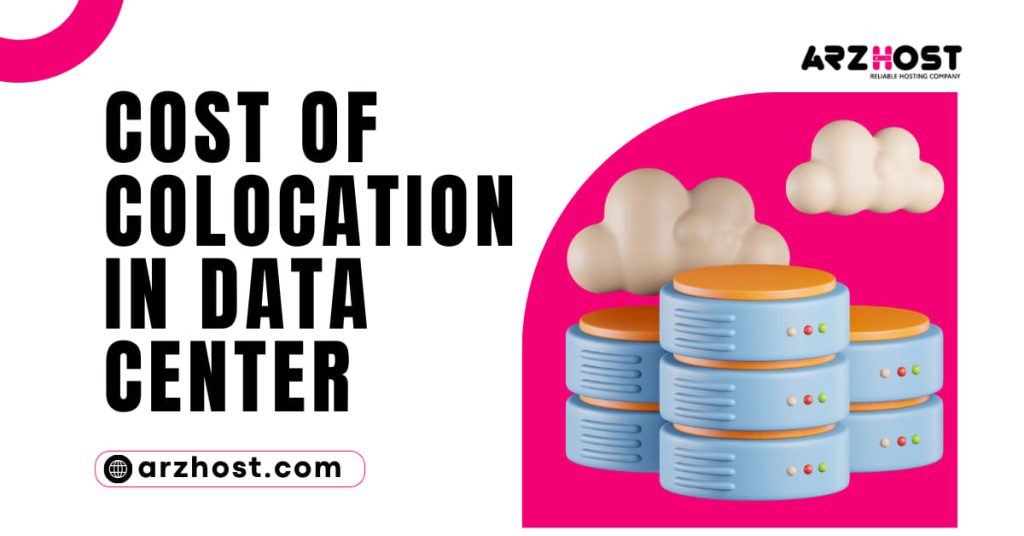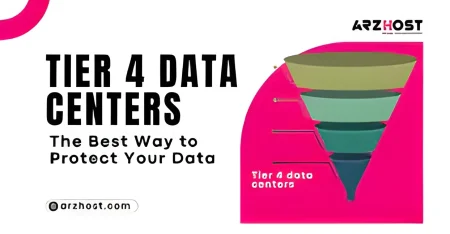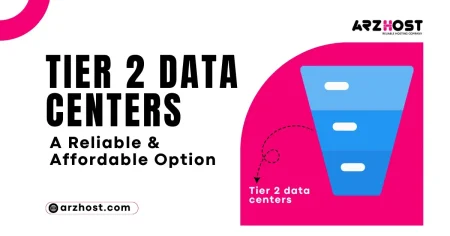A data center is a physical location, such as a building, a collection of buildings, a specific area inside a structure, etc., that is used by businesses to store their vital data and applications and Different Tiers of Data Centers.
Computer systems and related components, such as storage systems, are kept in a Tier data center. It also contains connections for data transfer, environmental controls, power supply infrastructure, and security configuration.
A network of storage and computing resources that guarantee the delivery of shared data and applications is the basis of different tiers of data center Definition and design. The fundamental building blocks of a data center are servers, routers, switches, storage devices, firewalls, and application delivery controllers.
In order to process, distribute, and store data and applications. A company’s shared IT operations and equipment are centralized in a data center.
Data centers provide the storage, management, backup, and recovery of data in addition to supporting business applications. The continuation of a company’s daily activities is greatly subjective by its data centers. Which holds its most significant assets.
To deviate, several well-known web hosting firms have their own data centers. ARZHOST Data Center, the data center of the well-known web hosting business Arzhost, is one such example. The main service that web hosting firms offer is web hosting, which enables websites to be accessed via the Internet.
The best web shared hosting, best Linux dedicated hosting, top WordPress hosting, reseller web hosting, etc. are common names for the most well-known lifetime web hosting providers.
To get back to our main subject, data centers are divided into different tiers, which are referred to as Different Tiers of Data Centers. Now let’s explain data center levels.
Tiers of Data Centers
The phrase “Different Tiers of Data Centers” refers to a system that is employed for consistently categorizing the different distinct types of infrastructure found in data centers.
In this system of tiers, Tier 1 labels the least classy sort of data center infrastructure while Tier 4 designates the type with the greatest number of redundant components.
Each tier in the data center tier structure is made up of all the elements from the levels below it.
The infrastructure components that are used in a data center can be effectively described using types of data center tiers. This classification aids an organization in choosing the kind of data center tier levels that best suits its business needs and is well-equipped with the necessary infrastructure.
Different Tiers of Data Centers comparison can range from Tier 1 to Tier 4 (or vice versa). Let’s examine each of these data center levels in more detail.
- Tier 1: data center tier 1 requirements have a single channel for both cooling and power. There are very few, if any, redundant and backup components in it. Its projected uptime is 99.671%, which equates to 28.8 hours of downtime per year.
- Tier 2: A Tier 2 data center only has one channel for power and cooling. It includes some backup and redundant parts. Its anticipated uptime is 99.741%, resulting in 22 hours of downtime annually.
- Tier 3: data center tier 3 requirements have numerous channels for both electricity and cooling. It is equipped with technologies that can update and maintain it without taking it offline. A Tier 3 data center’s security anticipated uptime is 99.982%, or just 1.6 hours per year, of downtime.
- Tier 4: A Tier 4 data center is constructed so as to be completely fault-tolerant. Redundancy exists for each component. It is projected to be up 99.995% of the time. Which equates to a total of 26.3 minutes of downtime every year.
Conclusion
Data center tiers offer details on the levels of dependability that a data center is able to promise to its clients. Therefore, being aware of this tier system gives businesses an advantage when it comes to selecting the best tier data center uptime for their needs.
Related Article
data center tier levels uptime institute

